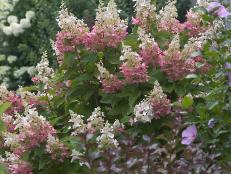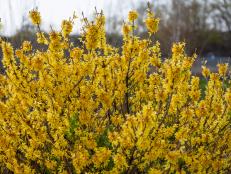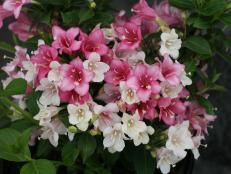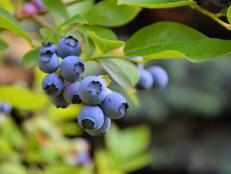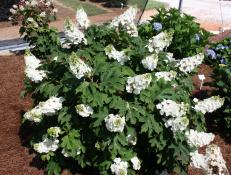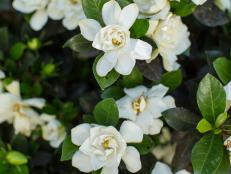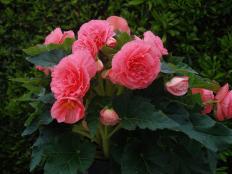How to Grow Flowering Quince
These gorgeous flowering shrubs will brighten up any dreary winter yard.

Flowering quince (Chaenomeles speciosa) is one of those plants that gardeners don’t always agree on. Some people love these deciduous shrubs for their red, pink, salmon, or white flowers which open from late winter into very early spring and often herald the end of cold weather.

Image courtesy of Proven Winners LLC
But others, who’ve grown older types of flowering quince, aren’t crazy about them. They dislike the plants’ thorns and rambling, often messy-looking growth habit. They point out that these relatives of roses produce hard, apple-like fruits that are too astringent to eat fresh (although they can be cooked into jellies or marmalades).
Fortunately, breeders have addressed these issues and new cultivars of flowering quince are available. Some bear beautiful, heavily petaled flowers that resemble camellia blooms, but without the unwanted fruits. They’ve also been bred to grow shorter, staying 3 to 4 feet tall instead of topping out around 6 to 10 feet.
Common flowering quince is an easy to grow shrub, native to Asia. Once established, it tolerates heat and drought and is generally hardy to USDA zones 4 to 10. It prefers slightly acidic soil, up to a pH of 7.0 or less. Give it part to full sun and feed once a year, after the flowers fade, with a slow-release fertilizer.
Plant your flowering quince during the winter months, while it’s dormant, in a hole twice as wide as the root ball. Place the plant no deeper in the ground than it was in its nursery pot. Water deeply and regularly until the roots are established (usually during the first growing season). If you have an older, tall flowering quince, you may want to stake it to help it grow straight.
To avoid a twiggy, scraggly look, cut back older flowering types to 6 to 12” above the ground each year and remove any old canes and suckers. This regular clean up will also help keep leaves and other debris from getting caught in the twigs and branches, which makes the plants look unkempt. Newer types seldom need trimming except to shape them after the blooms are finished.
Flowering quinces can encounter a few problems in the garden. Watch for scale insects, mites and aphids, as well as diseases like apple scab and cedar-quince rust. Some pests, such as aphids and mites, can be dislodged with a spray of water from the garden hose or by spraying with horticultural soap or oil. Check with a garden center or extension service for advice on treating specific diseases that may affect your plants. If you see signs of leaf blight, rake up and dispose of infected leaves as soon as they drop, and prune out any dead branches.
Older flowering quinces don’t usually make good specimen plants because of their twiggy appearance and short period of bloom. Thorny types do make good hedges and barriers, however, and can be spaced about every 15 feet apart. If you’re careful, you can also snip the spiny branches to add to floral arrangements.
Newer cultivars, such as ‘Double Take Scarlet Storm’ or ‘Double Take Orange Storm’, are better choices if you’re using flowering quince as specimen plants. They’re hardy to zones 5 to 8.
Chaenomeles x superba ‘Jet Trail’ is also a good choice. Its pure white blossoms appear about the same time as early bulbs and forsythias. They’re followed by yellow-green fruits that hungry birds will eat. This compact, hybrid cultivar is best suited for zones 5 to 9.
Flowering quinces lend themselves to many different garden styles. Try them in an Asian or Zen themed setting, a contemporary garden, or a cottage style planting.






